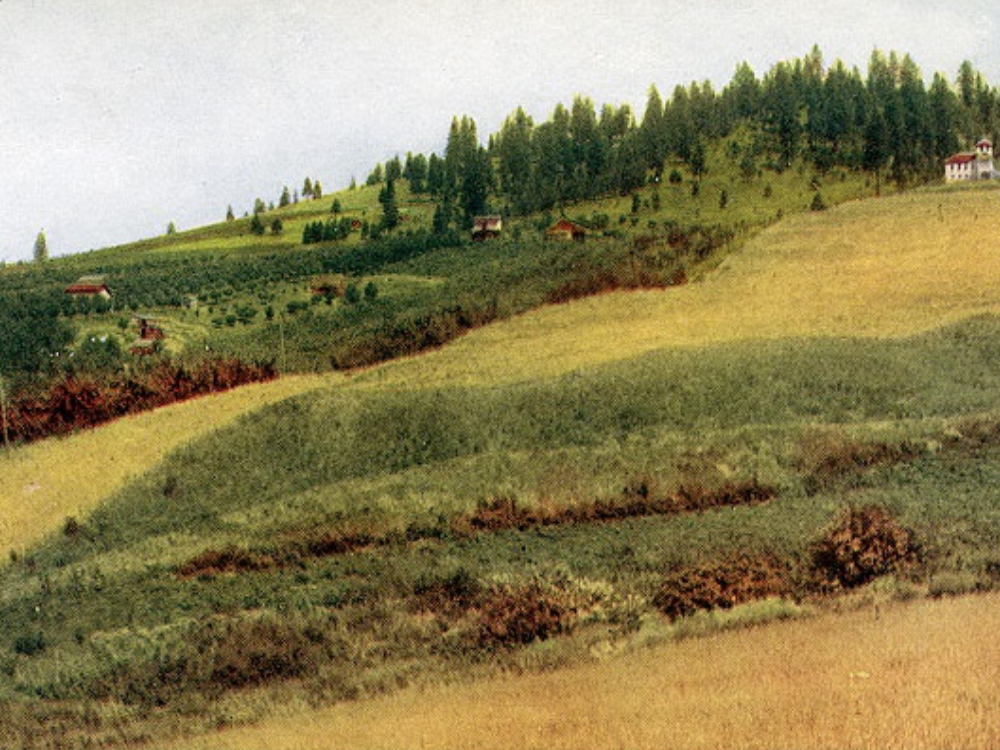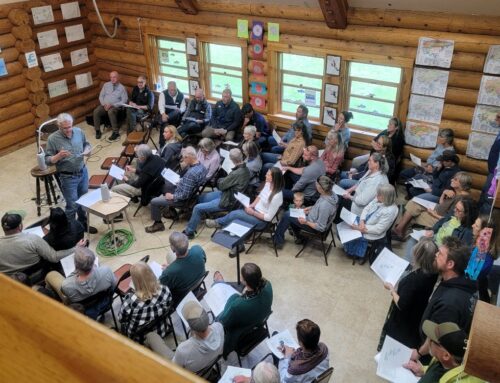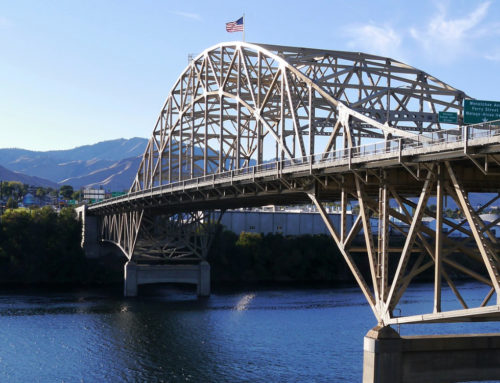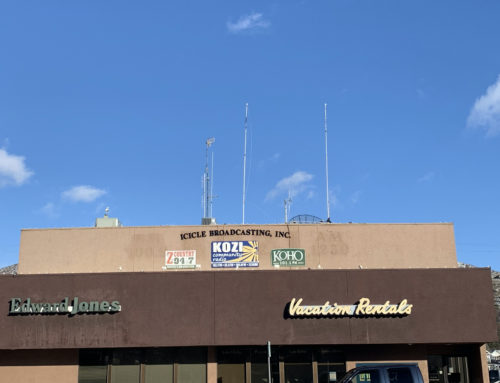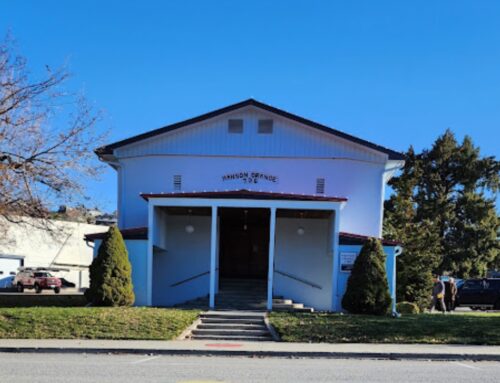Looking back to look forward – links to a blog series about lead arsenate
Information released by Department of Ecology. Photo above: An old postcard circa 1905 showing fruit growing and farming in Central Washington.
Bloggers note: This blog is one in a series about lead arsenate and its historic use on orchard lands in Central Washington. We are engaging a working group to help us to address this legacy pesticide, especially when those lands transition to new uses like housing developments, schools, and business ventures.
We’ve been hearing from homeowners and news outlets, wondering what’s been happening with the Legacy Pesticide Working Group. What we’re finding is that news reporters are asking the same questions as the public and the members of the working group.
One of the most frequent questions is “why now?” For us, it is not a question of why now, but rather why not now? Lead and arsenic contamination in Central Washington’s soil has been a concern for decades. In 2005, a state task force offered recommendations to address legacy contamination from lead arsenate, and funding from the Legislature provided school cleanups to protect the most vulnerable — children.
Now we’re turning our attention to other land uses.
Logistics & timeline for the working group
Over the past month, group members divided themselves into four smaller groups so conversations could be more focused and easier to manage on an online platform. We held our first individual subgroup meetings in May. Our plan for the summer is for these small groups to continue meeting online in June, and schedule full group meetings online (or in-person if allowed) in July, August, and September.
Links to previous blog posts are provided below or access the DOE website for complete information:
2-3-2020: Legacies of lead & arsenic
Romans added lead to many products, ranging from makeup and contraception to cookware and in the early 1900s, lead arsenate was the most widely used pesticide in the U.S.
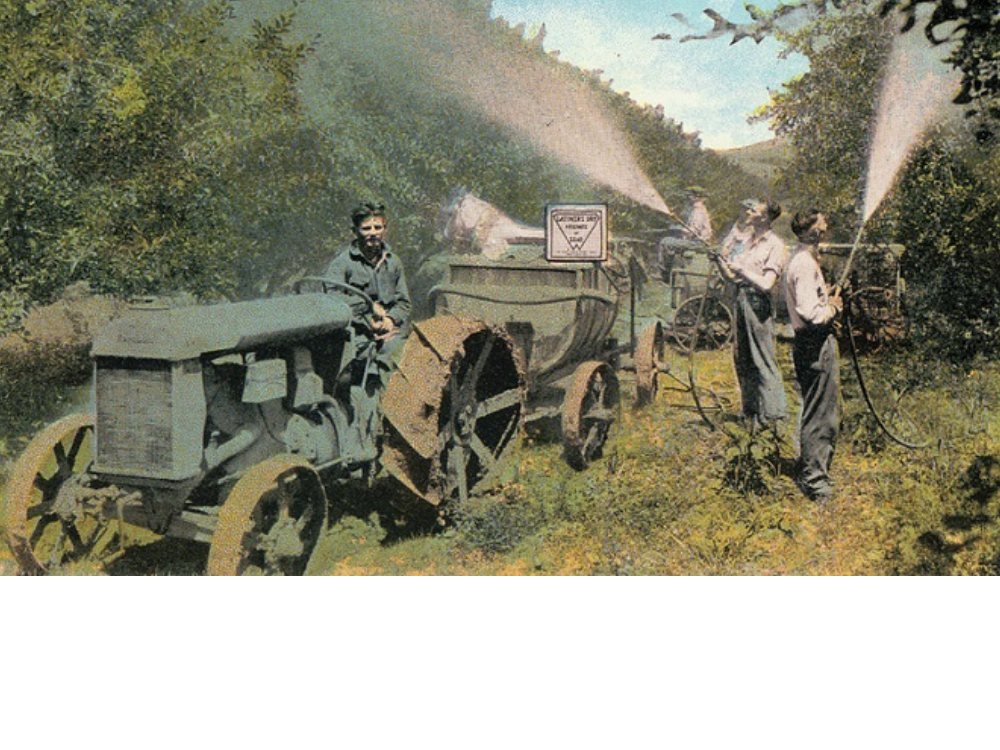
2-11-2020: Legacies of lead & arsenic – part 2
As Central Washington grows, former orchard lands with potential lead and arsenic contamination are being developed into housing. We’ve convened a working group to help us find solutions.
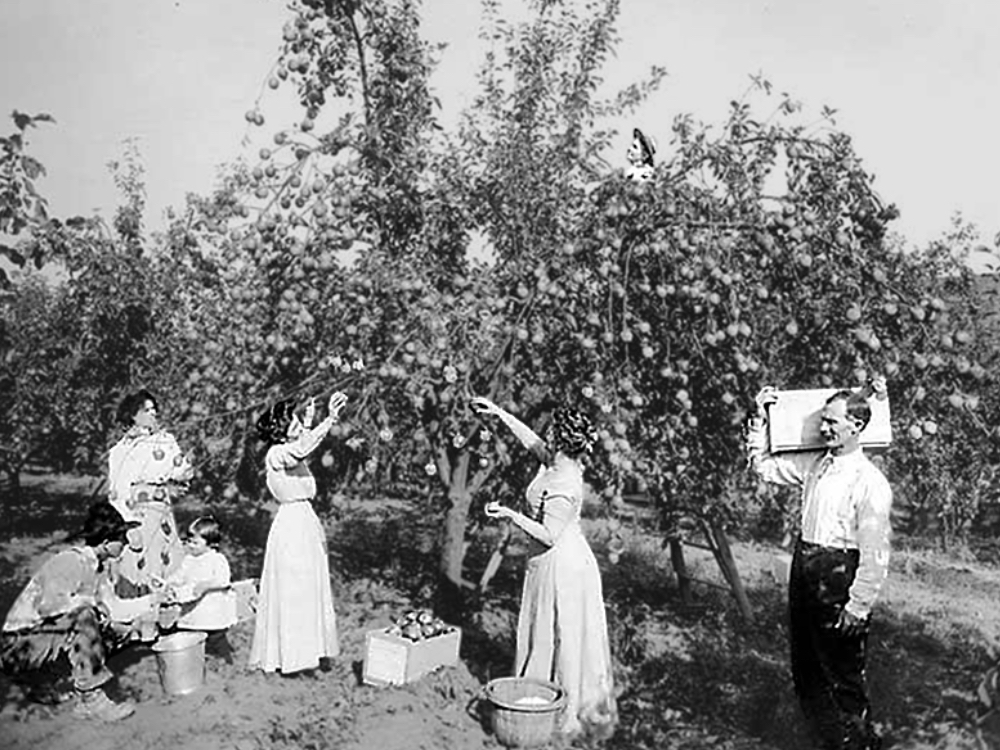
2-18-20: Legacies of lead & arsenic – part 3
Lead and arsenic still remain in the soils of former orchard lands, and exposure can create health risks. Learn how to keep you and your family safe.
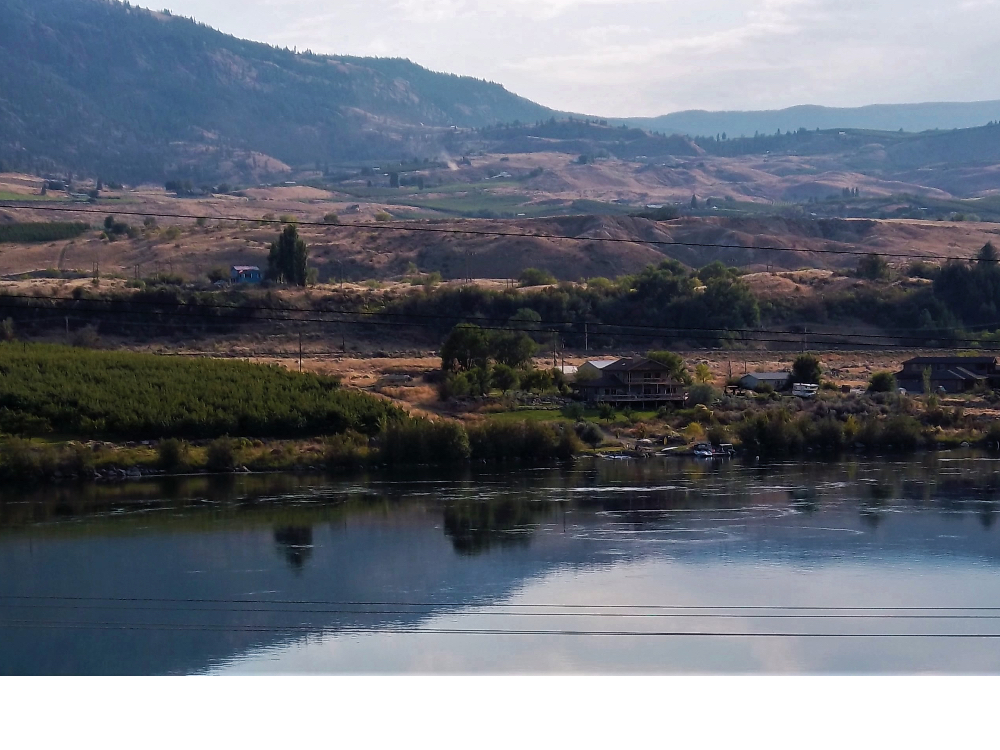
We convened the Legacy Pesticides Working Group to help us identify potential approaches to address lead and arsenic contamination of former orchard lands. Learn what the group will be working on.
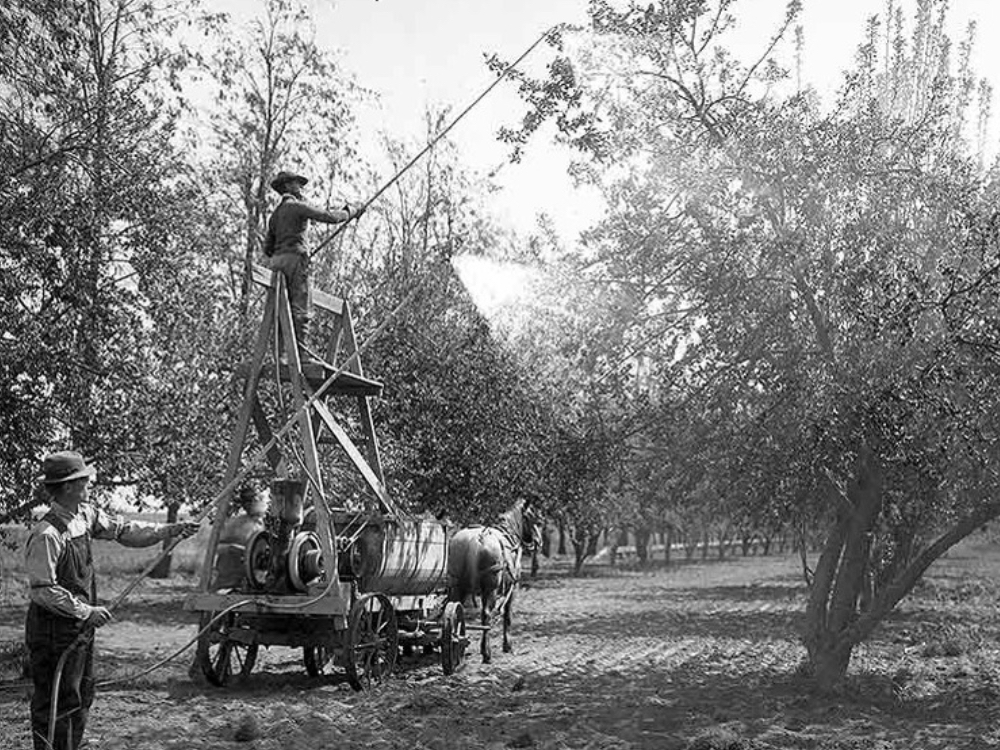
* Image by Asahel Curtis courtesy of the Washington Historical Society. Two men spray trees in a Yakima County orchard in April 1911 from equipment staged on the back of a horse drawn wagon.


